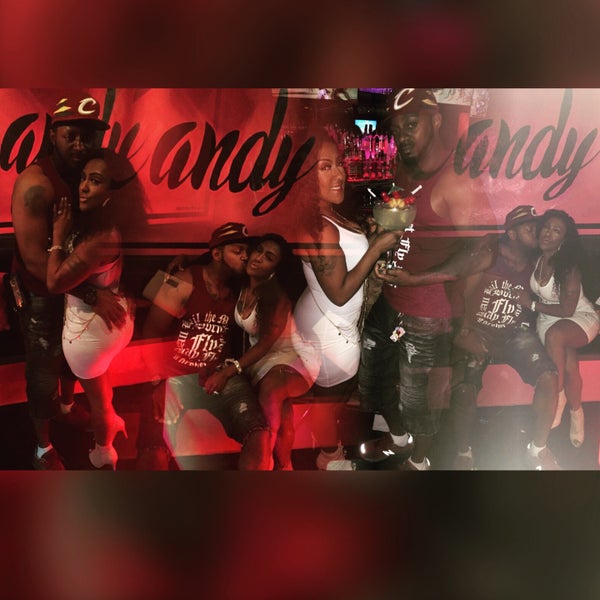
It holds around 70 bottles and is temperature and humidity controlled. The wall is used as a showplace for the restaurant’s favorite wines. This “fine dining at affordable prices” restaurant has a large freestanding wine wall that separates the bar/lounge area from the dining room.

Here are three examples of wine displays that demonstrate differing objectives and execution. Whether the wine display is part of the original design of a new operation or is added to an existing space, it should reflect the ambience and personality of the restaurant. The concept conversation should take place between restaurateur and designer early on. The final selection of the type of wine display will be a result of the chef’s or owner’s objective.

Some designs incorporate clear lights, while others feature multicolored bulbs for a different effect. Lighting from within turns the wine wall or room into a beacon, Davis points out. The advent of LED lights means that the bulbs will not heat up the surrounding area, making them an optimal choice for wine displays. Lighting is another important element in wine displays. In some instances, premanufactured racks are used in others, components are constructed elsewhere and assembled on-site. Cases for display and sale are generally found in more upscale restaurants, while bottles used for decor are often found in more casual operations. In some cases, empty bottles serve as a geometric design element on a back or side wall of a room. Storing bottles with the labels visible makes them easy to read and adds to the artistic appeal. In most cases, labels are a key part of wine displays. In those instances, Davis says, if the display space is not on a slab, alternative reinforcements must be incorporated to support the weight. When showcasing thousands of bottles of wine, weight becomes a critical design issue. The number of bottles on display depends on the space available. Dining room flow is also important: If a sommelier or servers will select wines from the display during service, access should be as easy as possible. If the program will feature magnums, half bottles and champagnes, the racks have to accommodate those different-sized bottles. Malek suggests carefully planning out a restaurant’s wine program before selecting and designing a display. Simple racking can be installed for less than $2,000, while enclosed, temperature-controlled systems can run into the high five figures. The more sophisticated the system, of course, the greater the cost. Closed cases also allow for keeping the wine under lock and key. Many other displays are enclosed in glass, with temperature and humidity systems to ensure the optimal storage environment for expensive wines. This cost-effective approach allows easy access by servers but may pose security and quality risks. Some displays store wine, usually reds, in the open air.

Wood and glass can express a more traditional look, while stainless steel and iron can add a more modern feel. The form of each display is a function of the goals of the restaurateur, for example, suggestive selling, decoration or storage.Īs with other interior decor features, materials used for wine displays help to create and complement the ambience of an operation. A wine divider, or screen wall, can be functional as well as visual, transparently separating a bar/lounge area from a dining room. A wine room, generally with enclosed cases to permit temperature control and security, can be used near a dining room’s entrance to showcase featured labels and capture diners’ attention from the moment of entry. A wine wall provides an eye-catching backdrop for a dining area, like three-dimensional wallpaper, Davis says. Wine displays can take the form of a wall, a glass-fronted or glass-enclosed room or a divider, depending on the objective and the space available in the restaurant. Wine used to be kept in the back in a wine cellar, he notes, but now it is up front and part of the dining experience. He says that restaurateurs now use such displays instead of art or plants. In either case, if wine displays are to illustrate the story of the dining experience, they need to be front and center in the operation where, as Davis says, they serve as eye candy for all diners.Ĭharles Malek spent more than a decade in the wine industry, both in the U.S. They have become part of the interior architecture, adding a quality component to the culinary experience.Īmericans’ interest in wine has grown consistently over the past decade, and it can be the hottest aspect of a trendy or traditional restaurant. Wine displays have become a signature design element for restaurants, he says.

Wine displays are “a visual destination that let the story of the dining experience unfold.” So says Tom Davis, restaurant design expert who heads up the Denver office of Davis Wince, a Columbus, Ohio-based architecture firm.


 0 kommentar(er)
0 kommentar(er)
